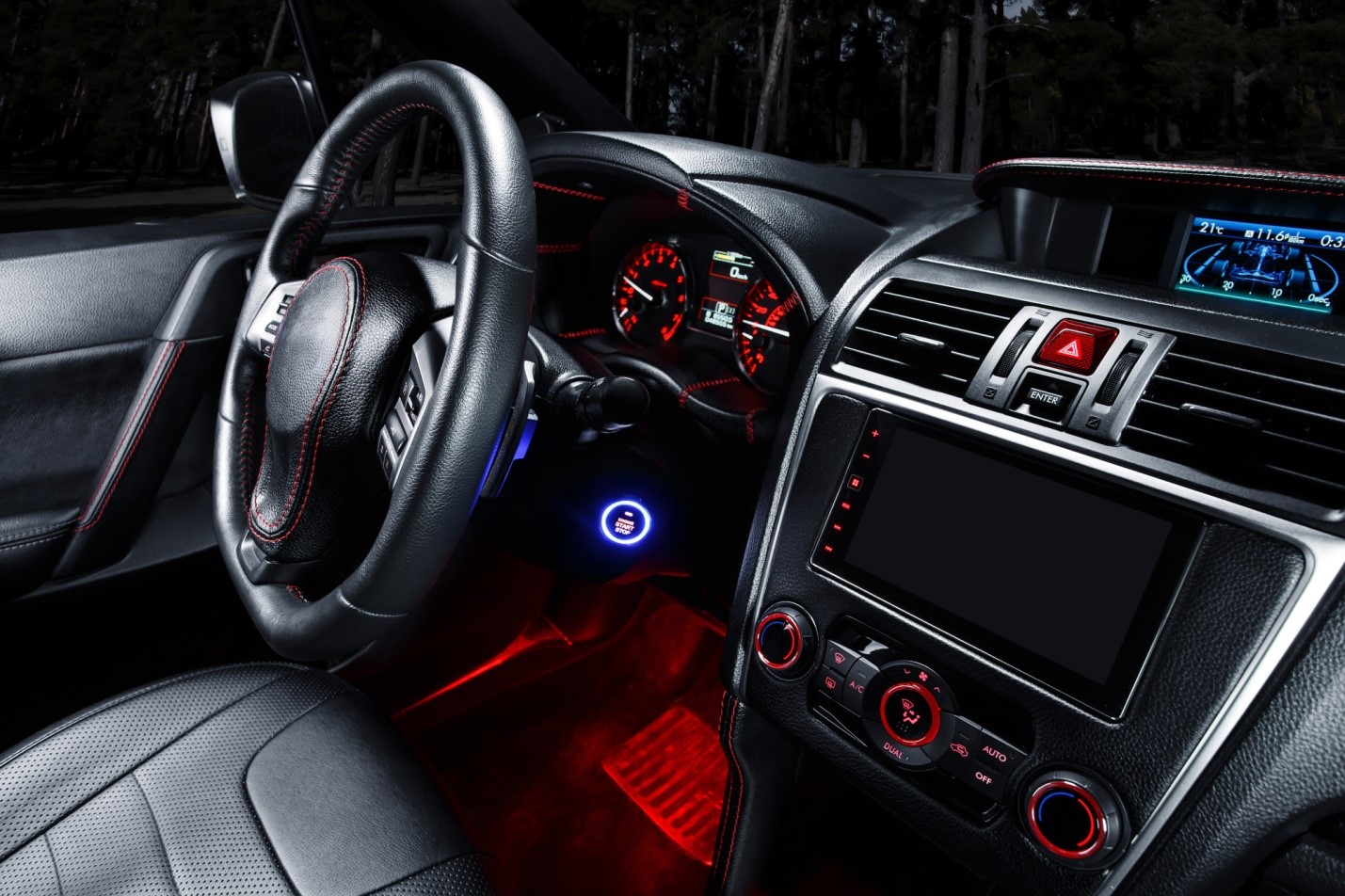[ad_1]
Predicting the future is always fraught with risk, but businesses do have long term plans in mind in order to reach certain goals. The auto industry is one arena where long term planning strategies are in place as it can take several years to take a product from concept (idea) to manufacturing (production).
Changes Underfoot
Few people in 2007 envisioned the economic collapse of late 2008 leading to the worst sales year for cars in some 50 years for 2009. In 2010, the market began to recover, but sales are still millions of units below peak levels reached in 2005 and earlier years. Automakers have managed to make important adjustments and are doing more with less, turning a profit despite the much lower sales numbers.
When the 2016 model year rolls around, automakers will be faced with meeting much tougher fleet fuel efficiency numbers as ordered by the federal government. This means that by 2015, the mix of vehicles offered will change although some of those changes will be below the skin, that is under the hood or underneath the vehicle itself.
Let’s take a look at some changes we can expect over the coming years:
Electrification – At this point in the game, no one can say with certainty just how well electric vehicles will be embraced. The technology is new, not yet proven, and expensive. Still, expect engineering break throughs and cooperation between manufacturers to lower prices with government subsidies kicking in. Those subsidies will, of course, depend on the strength of the national economy. If things go south, rebates and tax breaks will be reduced accordingly.
Communication – All cars will soon come equipped with hands-free communication devices allowing drivers to make phone calls, pull up maps, send for help, download music, check the news and sports scores and communicate with other drivers. Internet access will become universal in cars, though accessing some of that technology while driving will be a no-no.
Unification – Car manufacturers will still offer many different makes and models, but under the skin expect more platform sharing than ever before. Wringing every last buck out of designs is important so look for crossovers, sedans, coupes and other body styles to share the same platform. In addition, expect fewer engine and transmission choices with much smaller and lighter power plants powering most vehicles including the placement of four cylinder engines where V8s once ruled.
Emancipation – Some of the constraints holding back the car industry will be removed, but those will have to do more with engineering advancements instead of the government relinquishing control. Hydrogen powered vehicles will enter the market, recyclable materials will be used in much greater amounts, and in some markets cars will be controlled and driven remotely.
Consolidation – Say good-bye to a number of smaller manufacturers such as Mitsubishi and Suzuki who won’t be able to survive in the US market much longer. Those that remain will be partnering with other manufacturers in a bid to survive, but with low-cost Chinese and Indian cars competing, the weak players will go away. Look for Chrysler to become a shell of itself with only the Jeep and Ram lines surviving. Fiat and Alfa Romeo will fill in the gaps where the Dodge and Chrysler brands once were.
What Else
Expect much more cooperation beyond national borders to help the automotive industry not only to survive, but thrive. US emissions and efficiency requirements will gradually spread worldwide while manufacturing in the US will include much greater use of knocked down kits made in China and India and assembled stateside.
Driving down costs is job one, but “embracing change” will be the catch words for the auto industry from this point forward.
[ad_2]
Source: http://ezinearticles.com/?Auto-Forecast-2015—What-to-Expect&id=4240952











